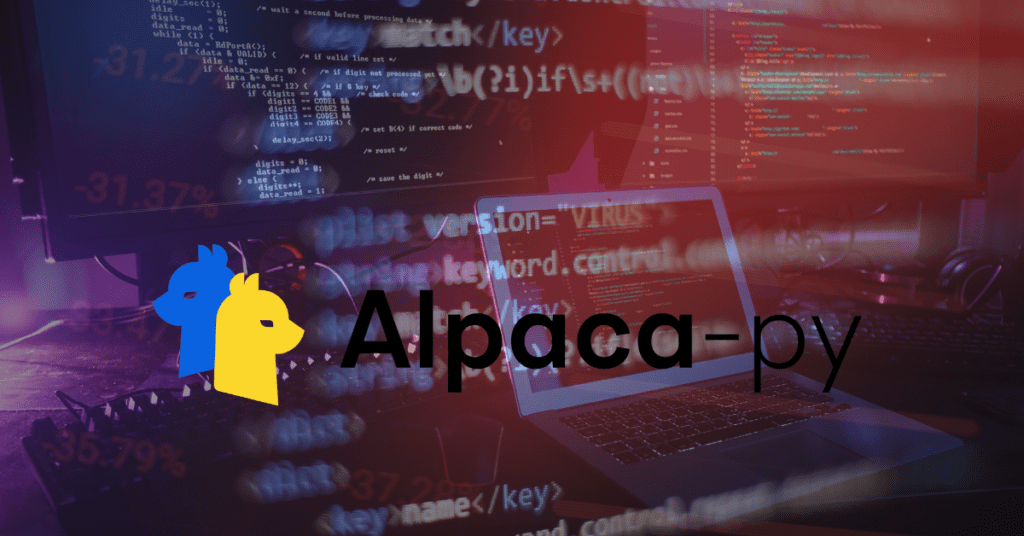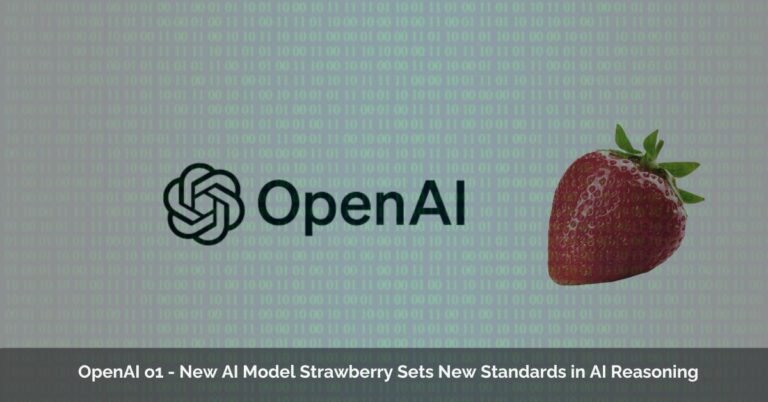Alpaca Python
Alpaca, a commission-free fintech platform, has become a favorite among developers for its user-friendly APIs and focus on automation. Python, a versatile and popular programming language, sits perfectly alongside Alpaca, empowering you to build sophisticated trading algorithms and investment tools. This article delves into the world of Alpaca Python, exploring its capabilities and guiding you on how to get started.
What is Alpaca and Why Use It with Python?
Alpaca offers a suite of APIs that grant access to real-time and historical market data, commission-free trading for stocks and cryptocurrencies, and paper trading for risk-free strategy development. Here’s why Python shines as the language of choice for Alpaca:
- Simplicity: Python’s clear syntax and extensive libraries make it easy to learn and use, even for beginners.
- Versatility: A rich ecosystem of financial libraries like pandas, NumPy, and Matplotlib seamlessly integrate with Alpaca’s APIs, allowing for data analysis, strategy development, and visualization.
- Community and Support: Python boasts a massive and active developer community, providing ample resources, tutorials, and forums for troubleshooting and learning.
Alpaca Python Library (alpaca-py)
The official library for interacting with Alpaca’s APIs is alpaca-py. It offers a user-friendly interface for:
- Market Data Retrieval: Accessing real-time and historical data for stocks, cryptocurrencies, and options (beta).
- Order Placement and Management: Submitting orders, monitoring order status, and managing positions.
- Account Management: Retrieving account information, including balances and buying power.
Getting Started with Alpaca Python
To embark on your Alpaca Python journey, follow these steps:
- Create an Alpaca Account: Sign up for a free Alpaca account to obtain your API key and secret key.
- Install alpaca-py: Use pip, the Python package manager, to install the library: pip install alpaca-py.
- Authenticate with Alpaca: Incorporate your API credentials into your Python code using environment variables or directly within the library.
- Explore the Documentation: Alpaca’s comprehensive documentation provides detailed information on all functionalities and code examples
Building Your First Alpaca Python Application
With alpaca-py set up, you can start building applications. Here’s a basic example that retrieves live market data for a specific stock symbol:
Python
from alpaca_api.v2 import API
# Replace with your API key and secret
api = API(key_id=’YOUR_API_KEY’, secret_key=’YOUR_SECRET_KEY’)
# Get market data for Apple (AAPL)
aapl_data = api.get_market_data(‘AAPL’)
# Print the current price
print(f”AAPL current price: ${aapl_data.c}”)
This is a simple starting point. As you delve deeper, you can leverage Python’s power to:
- Develop Trading Strategies: Implement technical analysis indicators, backtest your strategies using historical data, and automate trade execution based on defined criteria.
- Create Algorithmic Trading Bots: Build bots that interact with the market in real-time, making automated buy and sell decisions based on your strategies.
- Design Investment Dashboards: Visualize market data, portfolio performance, and key metrics using Python’s data visualization libraries.
Alpaca Python: The Key to Algorithmic Trading Success
By combining the strengths of Alpaca’s APIs with Python’s programming prowess, you gain a powerful toolkit for algorithmic trading and investment automation. With its ease of use, vast community support, and ever-expanding capabilities, Alpaca Python equips you to navigate the financial markets with confidence and potentially outperform traditional investment methods. Remember, responsible trading requires knowledge, risk management, and a solid understanding of the markets.
Beyond the Basics:
- Backtesting: Use Python libraries like Backtrader to test your strategies on historical data before deploying them with real capital.
- Risk Management: Integrate risk management techniques to protect your capital from excessive losses.
- Paper Trading: Alpaca offers paper trading, a risk-free environment to experiment with your strategies.
Start Your Alpaca Python Journey Today
Alpaca and Python offer a powerful combination for algorithmic trading. With alpaca-py, you can harness the automation capabilities of Python to design, test, and deploy trading strategies. Remember, trading involves inherent risks, so proper research, risk management, and paper trading are crucial before venturing into live markets.

























